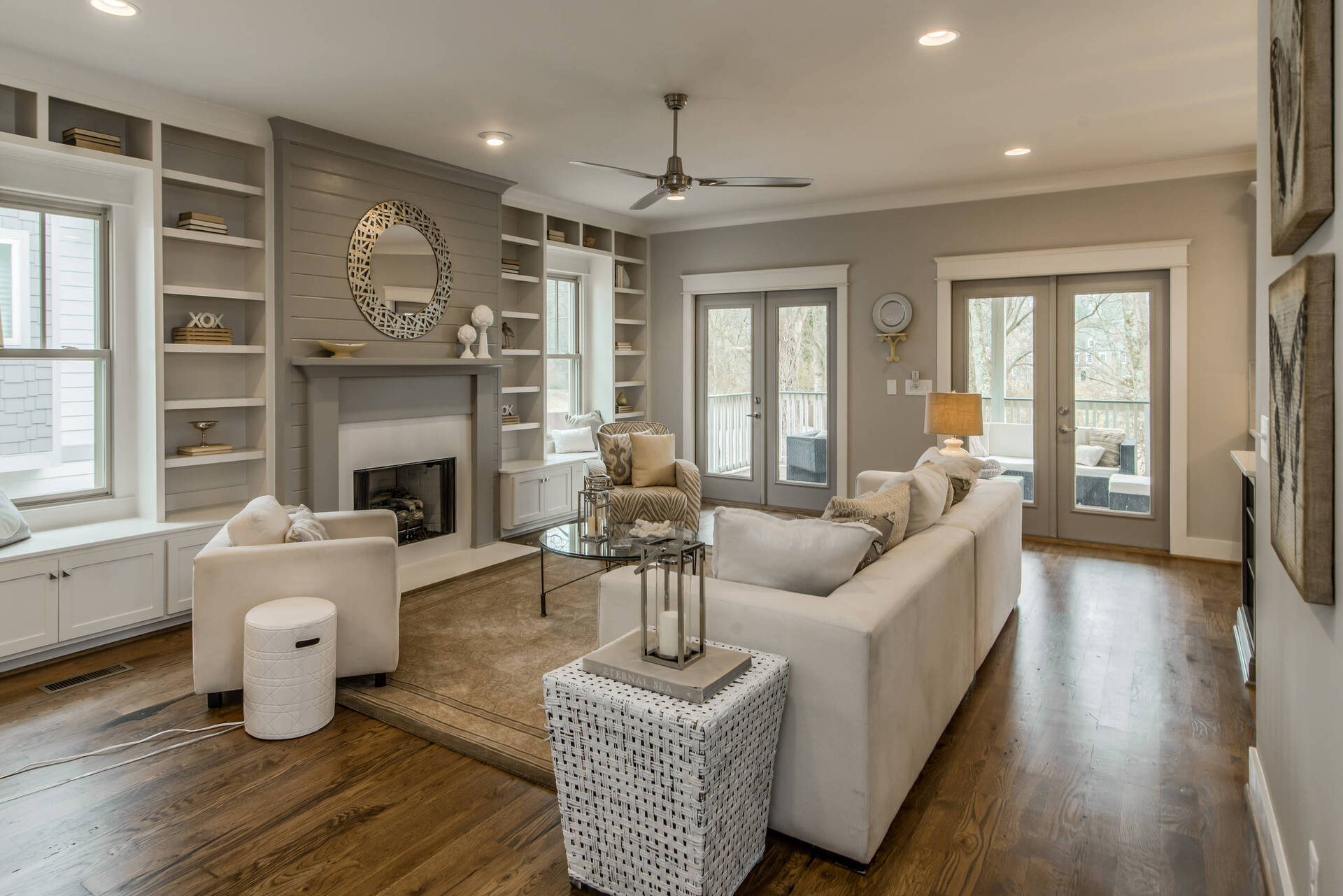

Articles
How To Decorate An Open Concept Living Room
Modified: August 17, 2024
Discover practical and creative articles on how to beautifully decorate your open concept living room. Get expert tips and ideas to make the most of your space for a stylish and functional living area.
(Many of the links in this article redirect to a specific reviewed product. Your purchase of these products through affiliate links helps to generate commission for Storables.com, at no extra cost. Learn more)
Introduction
Welcome to the world of open concept living rooms, where walls no longer confine us, and spaces are seamlessly integrated to create a sense of openness and flow. An open concept living room is a design trend that has gained immense popularity in recent years, as it enhances the functionality and aesthetic appeal of a home. Whether you have a small apartment or a spacious house, an open concept living room can transform the way you experience your living space.
In this article, we will delve into the intricacies of decorating an open concept living room and provide you with valuable tips and insights to make the most of this versatile and dynamic area. From choosing a design theme to furniture placement, color schemes to lighting, we will guide you through the process of creating a beautiful and cohesive open concept living room that reflects your personal style.
So, grab a cup of coffee, settle into your favorite chair, and let’s dive into the world of open concept living room decoration!
Key Takeaways:
- Embrace the fluidity and spaciousness of open concept living rooms by carefully choosing a design theme, creating distinct zones, and incorporating functional storage solutions to reflect your personal style and enhance the overall ambiance.
- Infuse your open concept living room with personality and visual appeal through the strategic use of decorative accessories, artwork, and lighting. Carefully consider furniture placement, color schemes, and window treatments to create a cohesive and inviting space.
Read more: Open Concept Living Done Right In Lofts
Understanding an Open Concept Living Room
Before we dive into the specifics of decorating an open concept living room, it is important to understand what exactly it entails. In simple terms, an open concept living room is a space that combines the living area, dining area, and sometimes even the kitchen, without any barriers or partitions. It is a fluid, multi-functional space that promotes interaction and connectivity among different areas.
One of the major advantages of an open concept living room is that it creates a sense of spaciousness and allows natural light to flow throughout the space, making it feel bright and airy. Additionally, it encourages a more social and inclusive atmosphere, as it eliminates the physical barriers that would normally separate different rooms.
However, one challenge of designing an open concept living room is defining distinct zones within the open space. Without walls to naturally separate the different areas, it is important to create visual cues and define zones through furniture placement, color schemes, and decorative elements.
Another consideration in an open concept living room is privacy. While the open layout encourages socialization and connection, it is also important to create smaller, intimate spaces within the larger area where one can retreat and have some privacy.
By understanding these key aspects of an open concept living room, you can approach the decorating process with a clear vision and make informed decisions to optimize the space.
Choosing a Design Theme
Choosing a design theme is the first step in creating a cohesive and visually harmonious open concept living room. The design theme sets the overall tone and style of the space, guiding the selection of furniture, colors, patterns, and accessories.
When choosing a design theme for your open concept living room, consider your personal preferences and the existing architecture and style of your home. Are you drawn to a contemporary and minimalist aesthetic, or do you prefer a cozy and rustic feel? Maybe you are inclined towards a more eclectic and bohemian vibe. Whatever your style preference may be, make sure it aligns with your overall vision for the space.
To help you narrow down your options, here are a few popular design themes to consider:
- Modern/Contemporary: This design theme features clean lines, sleek furniture, and a neutral color palette. It emphasizes simplicity and functionality, with a focus on open spaces and natural light.
- Traditional: A traditional design theme incorporates classic and elegant elements, such as ornate furniture, rich colors, and intricate patterns. It evokes a sense of sophistication and timeless appeal.
- Scandinavian: Inspired by the minimalist design principles of Scandinavian countries, this theme focuses on simplicity, light colors, and natural materials. It creates a light and airy atmosphere with a cozy yet contemporary feel.
- Industrial: An industrial design theme embraces exposed brick, metal accents, and raw materials. It has a rugged and edgy look, with a blend of vintage and modern elements.
- Coastal: Perfect for those who love a beach-inspired aesthetic, the coastal design theme features light and breezy colors, natural textures, and nautical accents. It creates a relaxed and inviting atmosphere.
Remember, there are no set rules when it comes to choosing a design theme for your open concept living room. You can also mix different styles to create a unique and personalized space. The key is to have a cohesive vision in mind and select elements that complement each other.
Once you have chosen a design theme, let it guide your decision-making process as you move on to selecting furniture, colors, and accessories. This will help create a unified and visually appealing open concept living room that reflects your style and personality.
Furniture Placement
Furniture placement is a crucial aspect of designing an open concept living room as it helps create functional and visually pleasing zones within the space. When it comes to arranging furniture in an open concept layout, there are a few key principles to keep in mind.
Firstly, consider the focal point of the room. This could be a fireplace, a large window with a scenic view, or a television. Arrange your seating area around this focal point to create a cozy and inviting atmosphere. If you have multiple focal points, such as a fireplace and a TV, you can create two separate seating areas to define different zones in the room.
Next, take into account the traffic flow in the space. It’s important to ensure that there is enough room for people to move around comfortably without bumping into furniture. Leave ample space between seating areas and around the main walkways to create an open and fluid layout.
In an open concept living room, it’s often helpful to use furniture as a way to visually divide the space into different functional areas. One way to achieve this is by using rugs to define specific zones. For example, place a large area rug under the seating area to delineate the living room area from the dining or kitchen area.
When it comes to selecting furniture for an open concept living room, consider the size and scale of the space. Choose furniture that is appropriately proportioned to the room, ensuring that it doesn’t overwhelm or underutilize the area. If you have a small living room space, opt for furniture with a more streamlined and compact design. For larger spaces, you can incorporate larger pieces to create a sense of balance and visual interest.
Lastly, don’t be afraid to experiment with different furniture arrangements. Sometimes, moving a few pieces around can completely transform the look and feel of the space. Play with angles, create cozy corners, and find the configuration that best suits your needs and personal style.
By considering the focal points, traffic flow, zone delineation, and furniture scale, you can create a functional and visually appealing furniture arrangement in your open concept living room.
Creating Zones
Creating distinct zones within an open concept living room is essential for organizing the space and giving each area a specific purpose. By delineating zones, you can visually separate different functions while maintaining the overall openness and flow of the room.
Here are some tips on how to create zones in your open concept living room:
1. Use furniture placement: Arrange your furniture in a way that naturally designates different areas within the room. For example, position your sofa and a couple of accent chairs to create a seating area, and place a dining table and chairs in another part of the space to create a dining area. This arrangement helps define specific zones and provides functionality.
2. Utilize rugs and flooring: Another effective way to create zones is by using rugs or different flooring materials. Place a large area rug under the seating area to visually separate it from the dining area or use a different type of flooring, such as tile or hardwood, to set apart the kitchen section. These subtle changes help establish distinct zones within the open space.
3. Play with lighting: Incorporate different lighting fixtures to create ambiance in each zone. Use pendant lights or a chandelier over the dining area to highlight and define its space. Install floor or table lamps in the seating area to create a cozy and inviting atmosphere. By varying lighting styles and placements, you can distinguish and enhance each zone.
4. Consider visual elements: Incorporate visual cues such as paintings, room dividers, or decorative screens to visually separate different areas. Room dividers can be particularly useful in defining a home office or a reading nook within the open concept living room.
5. Color coordination: Use a cohesive color scheme throughout the space to tie all the zones together. Consider using different shades or variations of the same color to create a harmonious flow. By maintaining color consistency, you can visually connect the various zones without compromising their individuality.
Remember, the goal is to create clearly defined zones while maintaining an overall sense of unity. Be mindful of the flow and ensure that each area serves its intended function while seamlessly blending into the larger open concept living room.
Read more: Loft Living: Open Concept Done Right
Color Scheme and Paint Selection
The color scheme and paint selection play a crucial role in setting the tone and atmosphere of your open concept living room. The right colors can enhance the overall aesthetic, create visual harmony, and define the different zones within the space.
When choosing a color scheme for your open concept living room, it’s important to consider both personal preferences and the overall style you want to achieve. Here are some tips to guide you in selecting the perfect color scheme:
1. Cohesion and flow: To create a cohesive and harmonious space, choose a color palette that flows seamlessly from one zone to another. Consider using a consistent color or color family throughout the room. This will help tie everything together and create a sense of unity.
2. Contrast and accent colors: While maintaining a cohesive color palette, it’s also important to add contrast and visual interest. Choose one or two accent colors that complement the main color scheme. Use these accent colors sparingly to highlight specific architectural features, furniture pieces, or decorative elements.
3. Light and airy or warm and cozy: The choice of colors can greatly influence the mood and atmosphere of your open concept living room. Light and neutral colors such as whites, creams, and pastels can make the space feel bright, fresh, and airy. On the other hand, warm and rich colors like deep blues, earthy tones, or warm grays can create a cozy and inviting ambiance.
4. Consider the natural light: Take into account the amount of natural light your open concept living room receives throughout the day. If you have ample natural light, you can opt for slightly darker or bolder colors. If the space is lacking natural light, choose lighter shades to maximize the available light and create an illusion of brightness.
Once you’ve settled on a color scheme, it’s time to select the right paint for the walls. Keep the following considerations in mind:
1. Samples and swatches: It’s always recommended to test paint colors by obtaining samples or swatches before committing to a specific shade. Apply the samples to different walls in the room and observe how the color looks under various lighting conditions. This will help you make an informed decision and avoid any regrets later on.
2. Durable and washable finishes: Consider using paint finishes that are durable and easy to clean, especially in high-traffic areas like the kitchen or dining space. Satin and semi-gloss finishes are typically more resistant to stains and can be easily wiped clean.
3. Accent walls: If you want to add a touch of drama or create a focal point within your open concept living room, consider painting one wall in a bolder or contrasting color. This accent wall can help define a specific zone or create a visual statement.
By carefully selecting a color scheme that promotes flow and cohesion, and choosing paint colors that complement the overall aesthetic and lighting conditions, you can transform your open concept living room into a visually stunning and inviting space.
Flooring and Rugs
The choice of flooring and rugs in your open concept living room can significantly impact the overall look, feel, and functionality of the space. Whether you prefer hardwood, tile, laminate, or carpet, the flooring material sets the foundation for your design and can enhance the visual appeal of the room.
When selecting flooring for your open concept living room, there are a few factors to consider:
1. Durability: Since the living room is a high-traffic area, it’s important to choose a flooring material that is durable and can withstand regular wear and tear. Hardwood floors are a popular choice for open concept living rooms as they are not only durable but also provide a timeless and elegant look. Laminate and vinyl flooring can also be great options due to their durability and ease of maintenance.
2. Visual continuity: To create a seamless and visually cohesive look, consider using the same flooring material throughout the entire open concept space. This creates a sense of continuity and allows the eye to flow smoothly from one zone to another.
3. Contrast and visual interest: If you prefer a bit of contrast or want to define different zones within your open concept living room, you can use different flooring materials or patterns. For example, you can have hardwood flooring in the seating area and tile or stone flooring in the kitchen or dining area. This differentiation can visually separate the zones and add visual interest to the space.
In addition to choosing the right flooring material, incorporating rugs can bring warmth, texture, and definition to your open concept living room. Here are some tips to consider when selecting rugs:
1. Size and placement: Ensure that the rug is large enough to anchor the furniture in the seating area. Ideally, all the front legs of the furniture should be placed on the rug to create a cohesive and visually connected seating area. In the dining area, the rug should be large enough to accommodate both the dining table and chairs.
2. Layering: Layering rugs can add depth and interest to your open concept living room. You can place a smaller rug on top of a larger one to create a focal point or define a specific zone within the space.
3. Texture and color: Rugs provide an opportunity to introduce texture and color into your open concept living room. Choose a rug with a texture that complements the overall design theme and color scheme. Whether you go for plush, shaggy rugs for a cozy feel or geometric patterns for a modern touch, make sure it aligns with your aesthetic preferences.
By carefully selecting the flooring material and incorporating rugs that complement the overall design of your open concept living room, you can create a visually stunning and comfortable space that reflects your personal style.
Use area rugs to define different zones within the open space, such as a seating area or dining area. This will help create a sense of separation and organization in the room.
Lighting Tips
Lighting plays a crucial role in creating the right ambiance and enhancing the overall atmosphere of your open concept living room. Proper lighting can transform the space, making it more inviting, functional, and visually appealing. Here are some lighting tips to consider:
1. Layered Lighting: A well-lit open concept living room should have a combination of ambient, task, and accent lighting to create a layered effect. Ambient lighting provides overall illumination for the room, while task lighting is focused on specific areas for activities such as reading or cooking. Accent lighting highlights architectural features, artwork, or decorative elements.
2. Natural Light: Maximize the use of natural light by keeping windows unobstructed and utilizing light-colored window coverings. Natural light not only illuminates the space but also creates a feeling of openness and connection with the outdoors. Place seating areas near windows to take advantage of the natural light during the day.
3. Overhead Lighting: Install a central overhead lighting fixture, such as a chandelier or a pendant light, to provide ambient light for the entire open concept living room. Make sure the size and scale of the fixture are appropriate for the space, taking into consideration the height of the ceiling.
4. Task Lighting: Incorporate task lighting in specific areas where focused illumination is required, such as over the kitchen counter or above a reading nook. Task lighting can be achieved through under-cabinet lights, adjustable wall sconces, or table lamps placed strategically in the appropriate areas.
5. Accent Lighting: Use accent lighting to highlight architectural features, artwork, or decorative elements in your open concept living room. This can be achieved through wall-mounted picture lights, track lighting, or recessed spotlights. Accent lighting adds depth and visual interest to the space.
6. Dimmers: Install dimmer switches to control the intensity of the lighting in your open concept living room. Dimmers allow you to adjust the level of light according to different activities or desired moods. They also help conserve energy by allowing you to lower the light output when needed.
7. Lighting Fixtures: Choose lighting fixtures that not only provide adequate illumination but also contribute to the overall design aesthetic of your open concept living room. The fixtures should complement the style and theme you have chosen, whether it’s modern, traditional, or eclectic.
8. Layering with Table and Floor Lamps: Supplement the overhead lighting with table lamps and floor lamps placed strategically throughout the space. These lamps can be used to provide additional ambient light or task lighting in specific areas. They also add a warm and inviting glow to the room.
By incorporating layered lighting, maximizing natural light, and using a combination of overhead lighting, task lighting, accent lighting, and dimmers, you can create a well-lit and visually appealing open concept living room that is both functional and inviting.
Window Treatments
Window treatments are an essential element in the design of your open concept living room. They not only provide privacy and control the amount of natural light entering the space but also add style, texture, and visual interest. Here are some tips for choosing the right window treatments for your open concept living room:
1. Functionality: Consider the functionality you need from your window treatments. Do you want privacy during the evenings or when the sun is at its brightest? Do you want to control the amount of natural light entering the room? Choose window treatments that align with your needs, whether it’s curtains, blinds, shades, or a combination of these options.
2. Style: The style of your window treatments should complement the overall design aesthetic of your open concept living room. If you have a more traditional or formal design theme, consider drapes made of luxurious fabrics with ornate details. For a modern and minimalist look, opt for simple and clean-lined blinds or shades.
3. Light Control: Consider the amount of natural light you want to allow into the space. Sheer curtains or lightweight blinds can help filter sunlight while still maintaining a sense of openness. If you prefer a darker or more private setting, opt for blackout curtains or blinds that can block out the light effectively.
4. Size and Scale: Take into account the size and scale of your windows when selecting window treatments. For smaller windows, lighter and more delicate treatments may work best to avoid overwhelming the space. For larger windows or sliding glass doors, consider floor-to-ceiling curtains or oversized blinds to make a statement and enhance the visual impact.
5. Material and Texture: Choose window treatments that add texture and visual interest to your open concept living room. Fabrics such as linen or velvet create a soft and luxurious feel, while natural materials like bamboo or woven wood blinds bring a touch of warmth and organic appeal. Incorporating different textures can add depth and dimension to the space.
6. Color and Pattern: Window treatments can also serve as an opportunity to introduce color or pattern into your open concept living room. Consider the color palette and overall design theme of the space when selecting curtains or blinds. Solid colors in a complementary or contrasting shade can create a cohesive look, while patterns can add personality and visual intrigue.
7. Layering: Consider layering different types of window treatments to achieve both style and functionality. For example, you can use sheer curtains paired with blackout blinds for privacy and light control. This combination allows you to open the curtains during the day to let in natural light while maintaining privacy when needed.
8. Maintenance and Care: Keep in mind the ease of maintenance and care required for your chosen window treatments. Some materials and styles may require more frequent cleaning or maintenance than others. Consider your lifestyle and preferences to ensure you choose window treatments that are practical and easy to maintain in the long run.
By carefully selecting window treatments that balance functionality, style, and light control, you can enhance the beauty and functionality of your open concept living room while adding a touch of personality and visual appeal.
Decorative Accessories
Decorative accessories are the finishing touches that bring personality and style to your open concept living room. They add flair, visual interest, and a sense of personalization to the space. Here are some tips to help you choose and incorporate decorative accessories into your open concept living room:
1. Display Statement Pieces: Select a few statement pieces that reflect your taste and style. These could be unique sculptures, art pieces, or even large vases. Place them strategically in your open concept living room to draw the eye and create a focal point. Make sure these pieces are in proportion to the scale of the space.
2. Group and Arrange: Grouping and arranging decorative accessories can create an aesthetic visual impact. Arrange accessories in odd numbers, as it tends to be more visually appealing. Play with varying heights and textures to add depth and interest to your arrangements.
3. Mirrors: Mirrors can visually expand the space and enhance natural light in an open concept living room. Hang a large mirror on a focal wall or above a fireplace to add depth and create a feeling of spaciousness. Mirrors can also reflect interesting views or artwork, adding an extra layer of visual interest.
4. Natural Elements: Bring the beauty of nature into your open concept living room by incorporating organic elements. Display potted plants, vases with fresh flowers, or a bowl of vibrant fruits. These natural elements add freshness and a sense of vitality to the space.
5. Textiles: Textiles like throw pillows, blankets, and curtains can instantly add color, texture, and coziness to your open concept living room. Choose patterns, colors, and textures that complement your overall design theme. Mix and match different patterns and textures to create visual interest and dimension.
6. Personal Collections: Showcase your personal collections or treasured items that have sentimental value. Whether it’s vintage books, vinyl records, or family heirlooms, these personal touches add character and tell a story. Display them on open shelves, in glass cabinets, or on wall-mounted display units.
7. Wall Art: Artwork is an excellent way to express your personal style and add visual interest to your open concept living room. Invest in a few quality pieces that resonate with you. Hang them on the walls to create a gallery wall or place them strategically in different areas to enhance the overall aesthetic of the space.
8. Unique and Eclectic Finds: Don’t be afraid to incorporate unique and eclectic finds into your open concept living room. Look for one-of-a-kind items at vintage shops, flea markets, or local artisans. These unique pieces can become conversation starters and add a sense of individuality to your space.
Remember, the key is to strike a balance between adding decorative accessories and maintaining a clutter-free open concept living room. Select items that truly resonate with you and contribute to the overall aesthetic and atmosphere you wish to create. With the right selection of accessories, your open concept living room will become a true reflection of your style and personality.
Incorporating Artwork
Artwork is an essential element in interior design, adding personality, style, and a unique visual appeal to your open concept living room. Whether you prefer paintings, prints, or sculptures, incorporating artwork can transform a space and make a bold statement. Here are some tips for incorporating artwork into your open concept living room:
1. Scale and Proportion: Consider the scale and proportion of your artwork in relation to the size of the walls and the surrounding furniture. Choose a larger piece for a prominent wall and smaller pieces for narrow walls or in between windows. The key is to strike a balance and ensure that the artwork is visible without overwhelming the space.
2. Placement and Arrangement: Hang artwork at eye level for optimal visibility and engagement. If you have high ceilings, consider hanging the artwork slightly higher to maintain the right proportions. When arranging multiple pieces of artwork, experiment with different layouts such as grid patterns, salon-style arrangements, or asymmetric designs. Allow enough spacing between each piece to maintain a cohesive and balanced look.
3. Focus on Color and Palette: Consider the color palette of the artwork and how it will interact with the overall color scheme of your open concept living room. Choose artwork with colors that complement or contrast with the surrounding decor to create visual interest. Additionally, you can select artwork that enhances the existing color scheme or serves as a pop of color to enliven the space.
4. Balance Between Styles: Consider the overall style and theme of your open concept living room when selecting artwork. If your space has a contemporary design, opt for modern and abstract pieces. For a traditional or eclectic style, consider artwork that reflects those aesthetics. Don’t be afraid to mix and match different styles to create an eclectic and personalized look.
5. Consider Different Mediums: Explore different mediums of artwork to add variety and texture to your open concept living room. Paintings, prints, sculptures, and even photography can all be incorporated into your space. Mixing different mediums can add depth and create visual interest within the room.
6. Create a Focal Point: Use artwork to create a focal point within your open concept living room. Choose a bold and captivating piece to anchor a specific wall or area and draw attention. This focal point can set the tone and become a conversation starter in the room.
7. Lighting to Enhance Artwork: Proper lighting is essential to showcase artwork effectively. Install adjustable spotlights or track lighting to direct light towards the artwork and highlight its details. Experiment with different lighting angles and intensities to create the desired effect.
8. Rotate and Refresh: Don’t be afraid to rotate and refresh your artwork periodically. This allows you to showcase different pieces at different times, keeping your open concept living room visually stimulating and engaging. Rotate artwork seasonally, or whenever you feel the need for a change and a fresh perspective.
Incorporating artwork into your open concept living room is an opportunity to infuse your personal style and aesthetic preferences. It adds a touch of sophistication, individuality, and cultural enrichment to the space. By carefully selecting, arranging, and lighting your artwork, you can create a visually captivating and curated environment that reflects your unique taste and personality.
Functional Storage Solutions
When designing an open concept living room, it’s important to consider functional storage solutions that balance style and organization. Adequate storage helps keep the space clutter-free and ensures that essential items are easily accessible. Here are some tips for incorporating functional storage solutions into your open concept living room:
1. Built-in Shelves and Cabinets: Consider integrating built-in shelves and cabinets along walls or as room dividers. These provide ample storage space for books, decor, and everyday items, while also serving as a design feature. Customize the size and layout of the shelves to suit your needs and the dimensions of the room.
2. Floating Shelves: Install floating shelves on empty walls to create stylish storage areas. These shelves provide a place to display decorative items, books, or personal belongings. Floating shelves can be customized to fit the width of a specific wall or arranged in a staggered pattern for a visually interesting display.
3. Multifunctional Furniture: Opt for furniture pieces that offer hidden storage compartments or multifunctional features. For example, consider a coffee table with built-in drawers or a storage ottoman that doubles as seating. These furniture pieces maximize space utilization and provide hidden storage options.
4. Decorative Baskets and Boxes: Incorporate decorative baskets and boxes to organize and conceal smaller items. Place these storage solutions on open shelves or under tables to keep everyday clutter out of sight. Choose baskets and boxes that match the overall aesthetic of your open concept living room, adding texture and visual interest.
5. Wall-Mounted Storage: Use wall-mounted storage solutions, such as hanging racks or pegboards, to organize and display items like hats, scarves, or small accessories. These provide easy access to frequently used items while keeping them off surfaces and maintaining a tidy appearance.
6. Concealed Storage: Consider incorporating concealed storage in furniture pieces or within the walls. For example, choose a TV console with hidden compartments for media equipment or install cabinets behind decorative panels to hide items like a bar cart or office supplies.
7. Storage Bench or Chest: Place a storage bench or chest near the entrance or in the seating area to store items like blankets, pillows, or children’s toys. It serves as extra seating or a place to rest your feet while providing hidden storage.
8. Room Dividers: Use room dividers with built-in shelves or cabinets to create separate areas in your open concept living room. These dividers provide privacy, define zones, and offer additional storage space for books, decorative items, or even a home office setup.
Remember, the key to functional storage solutions in an open concept living room is to strike a balance between organization and aesthetics. Incorporate storage solutions that complement the overall design aesthetic and blend seamlessly with the rest of the space. By incorporating functional storage options, you can keep your open concept living room organized, clutter-free, and inviting.
Conclusion
Designing and decorating an open concept living room requires careful consideration of various elements to create a functional, visually appealing, and cohesive space. From understanding the concept to choosing a design theme, furniture placement, and incorporating decorative elements, each aspect contributes to the overall ambiance and functionality of the room. By following the tips and guidelines discussed in this article, you can transform your open concept living room into a beautiful and inviting space that reflects your personal style.
Remember to choose a design theme that resonates with you, ensuring that it aligns with the existing architecture and style of your home. Pay attention to furniture placement, creating distinct zones within the open space to define different areas and promote functionality. Carefully select colors and paint that enhance the mood and atmosphere you desire, and utilize rugs for added texture and to delineate specific zones.
Lighting is a crucial element in open concept living rooms, so layer the lighting with a combination of ambient, task, and accent lighting to create depth and functionality. Window treatments not only provide privacy but also contribute to the overall style and light control of the space. Incorporate decorative accessories, artwork, and storage solutions that balance style and organization, adding personality and functionality.
In conclusion, the key to successfully designing an open concept living room lies in thoughtful planning and attention to detail. By carefully considering each aspect and incorporating your own personal style, you can create an open concept living room that is not only visually stunning but also a comfortable and inviting space for relaxation, socializing, and everyday living.
So, let your creativity flow, infuse your unique taste, and enjoy the process of designing and decorating your open concept living room. Let this space become a true reflection of your lifestyle, personality, and the way you envision your ideal living environment.
Frequently Asked Questions about How To Decorate An Open Concept Living Room
Was this page helpful?
At Storables.com, we guarantee accurate and reliable information. Our content, validated by Expert Board Contributors, is crafted following stringent Editorial Policies. We're committed to providing you with well-researched, expert-backed insights for all your informational needs.
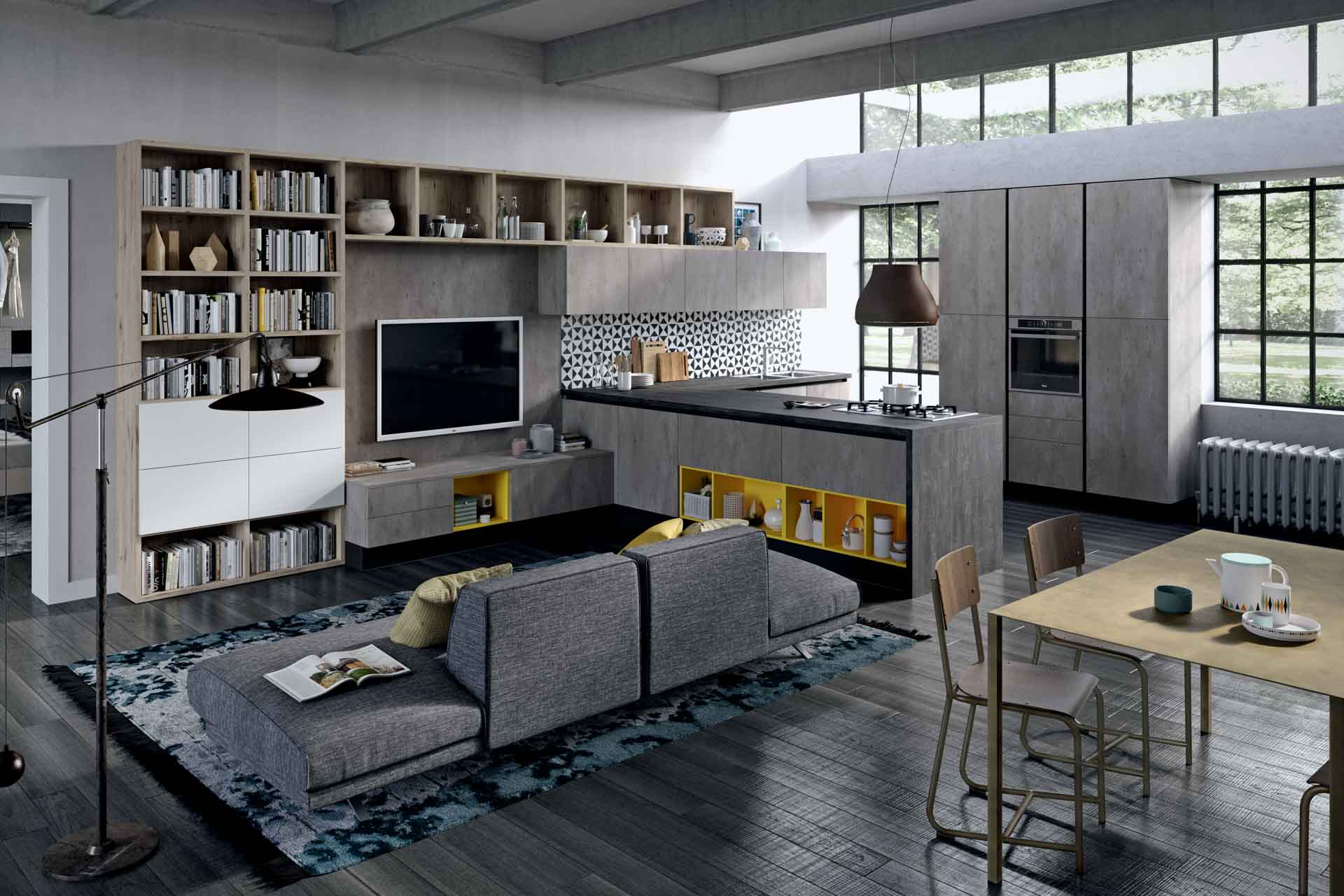
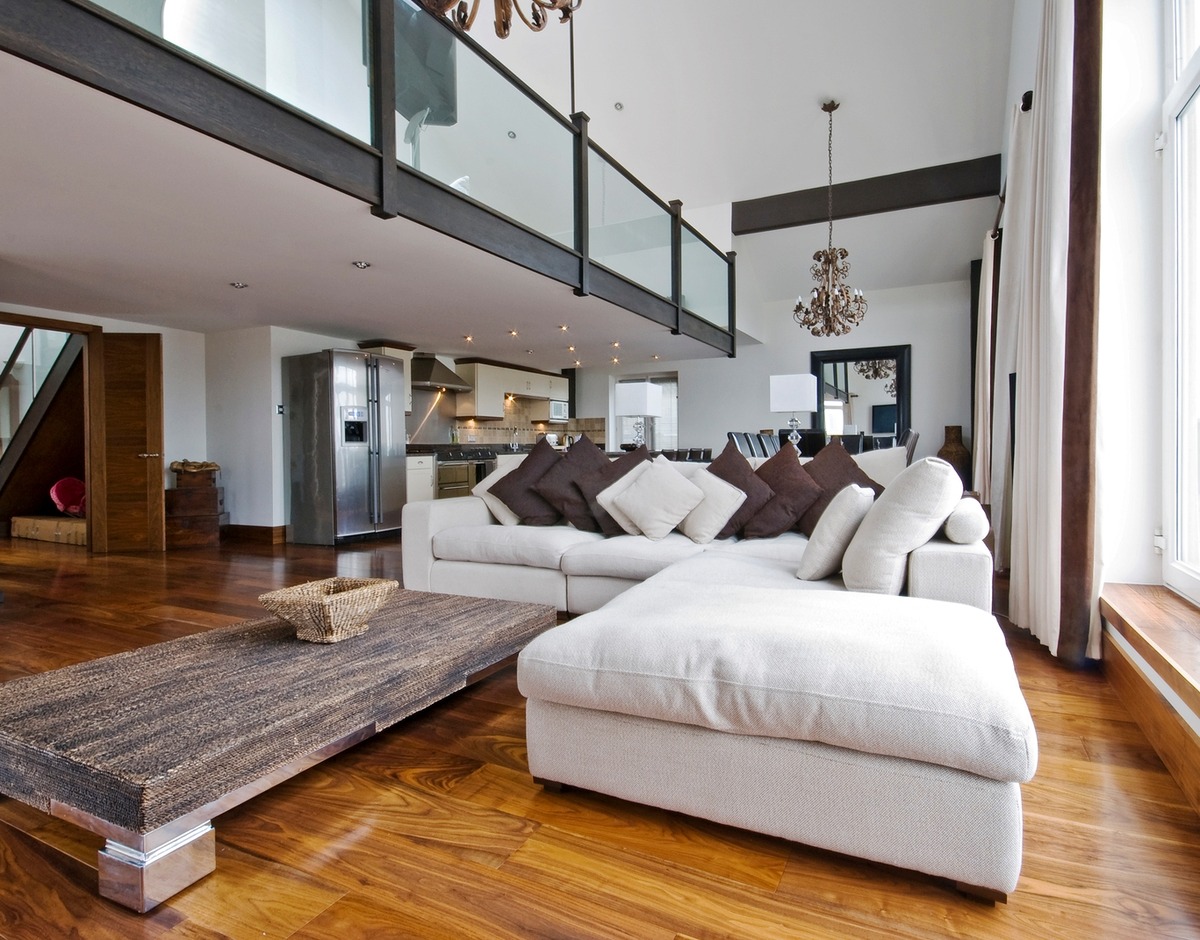

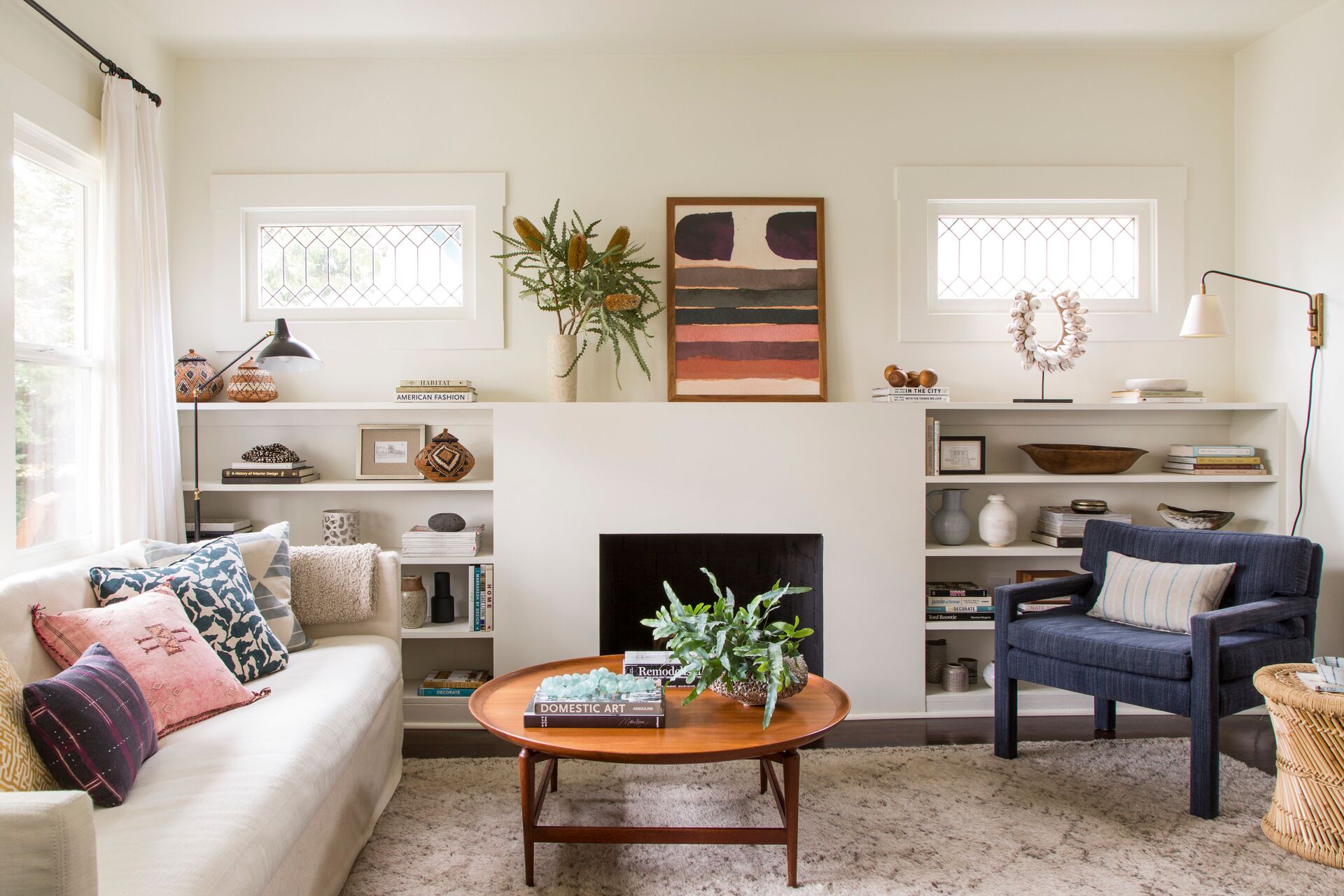
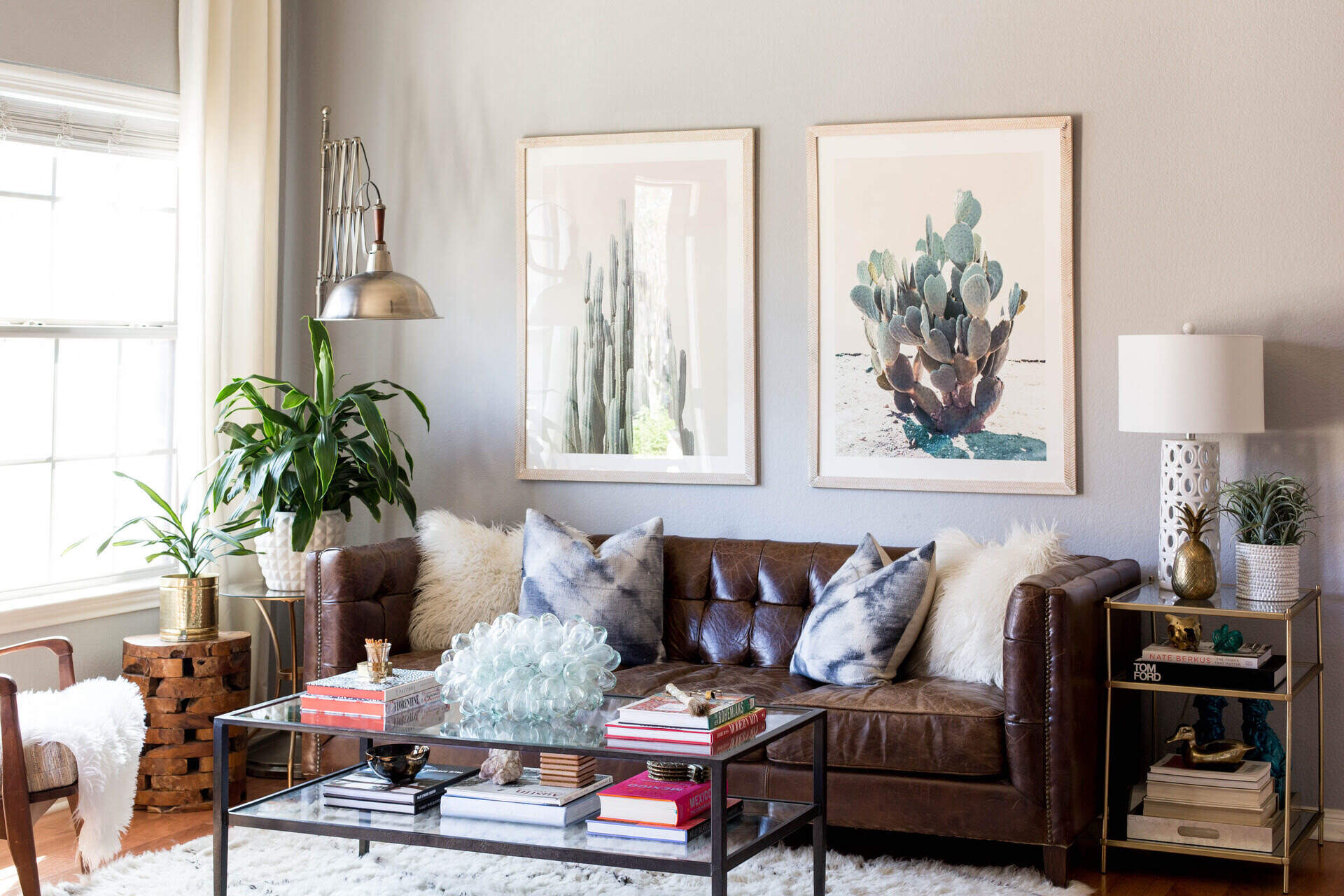
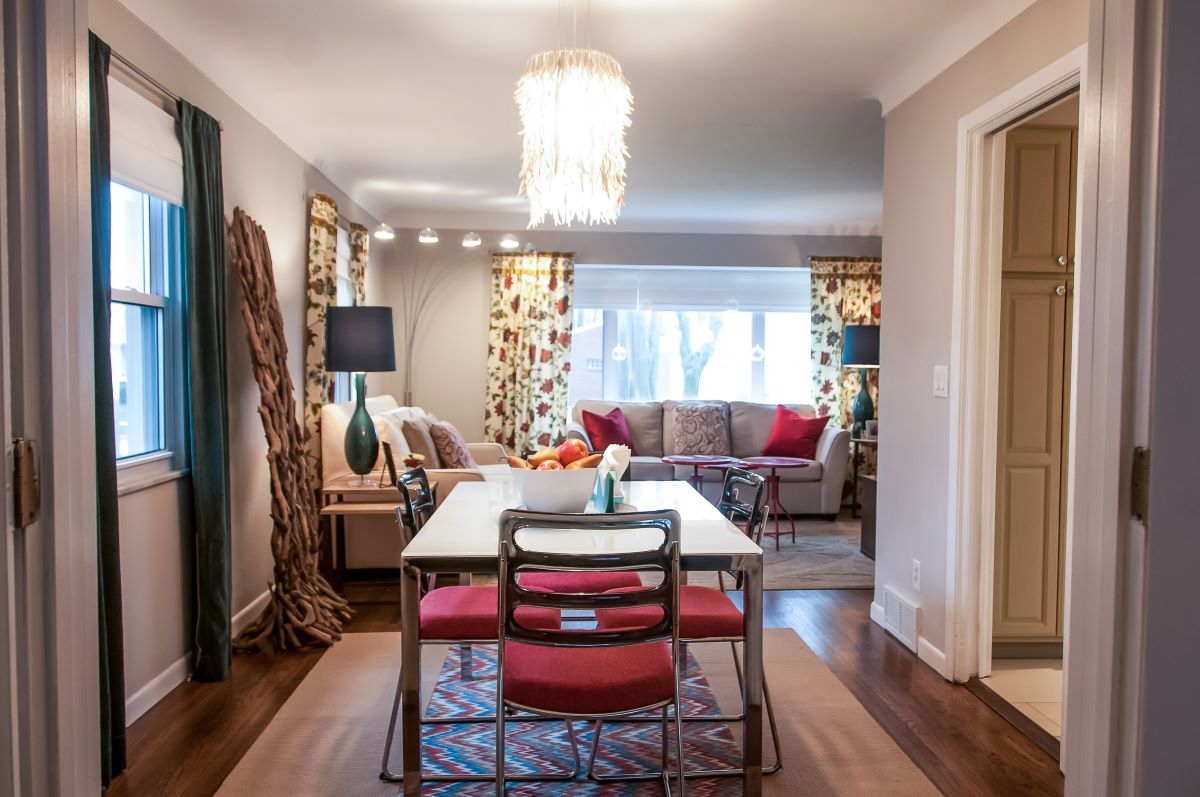
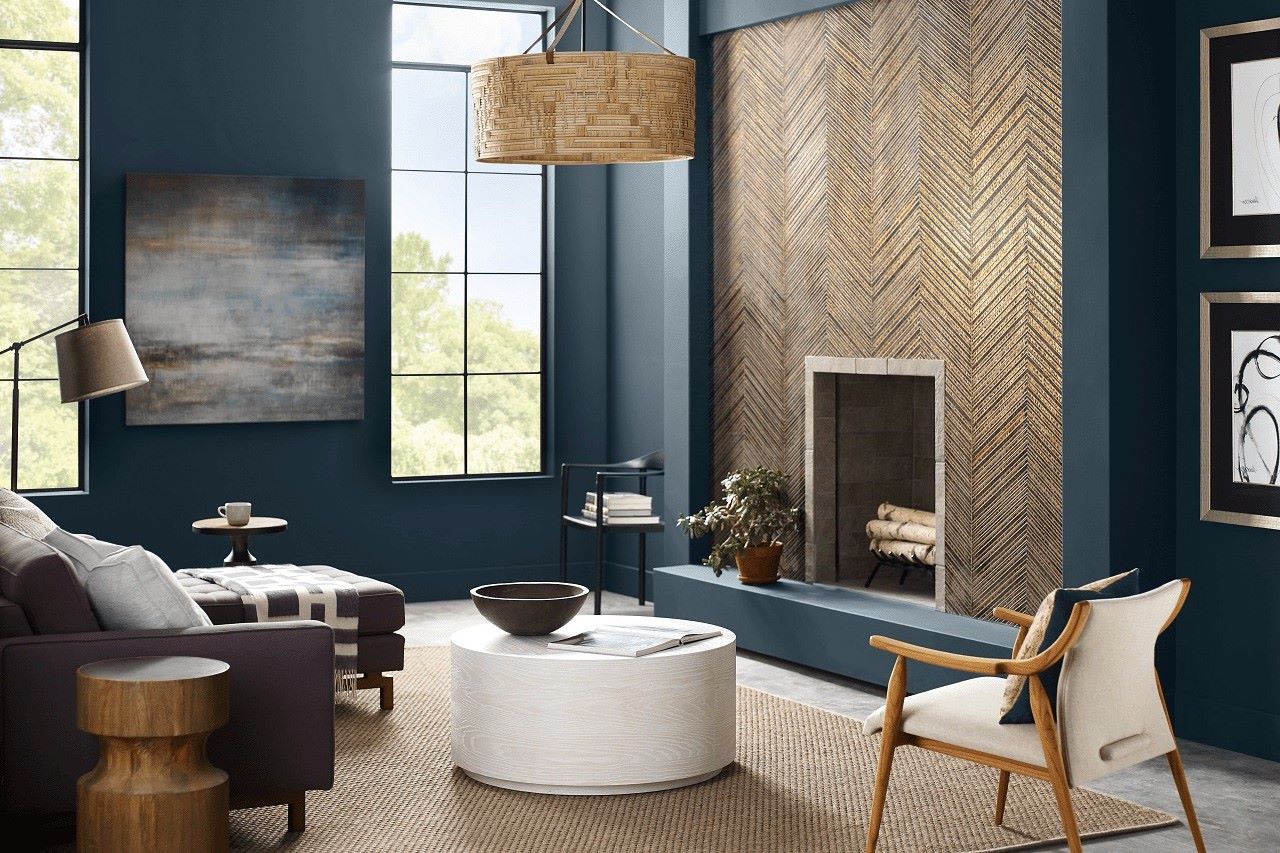
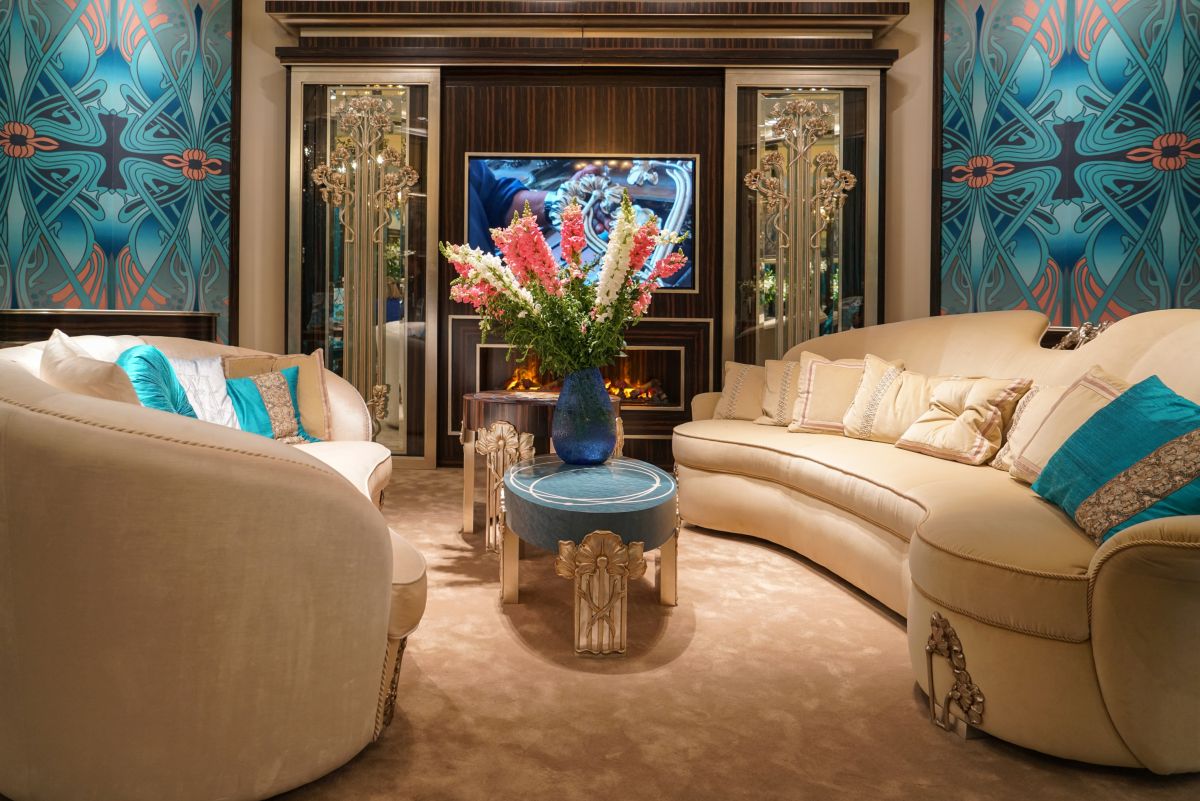
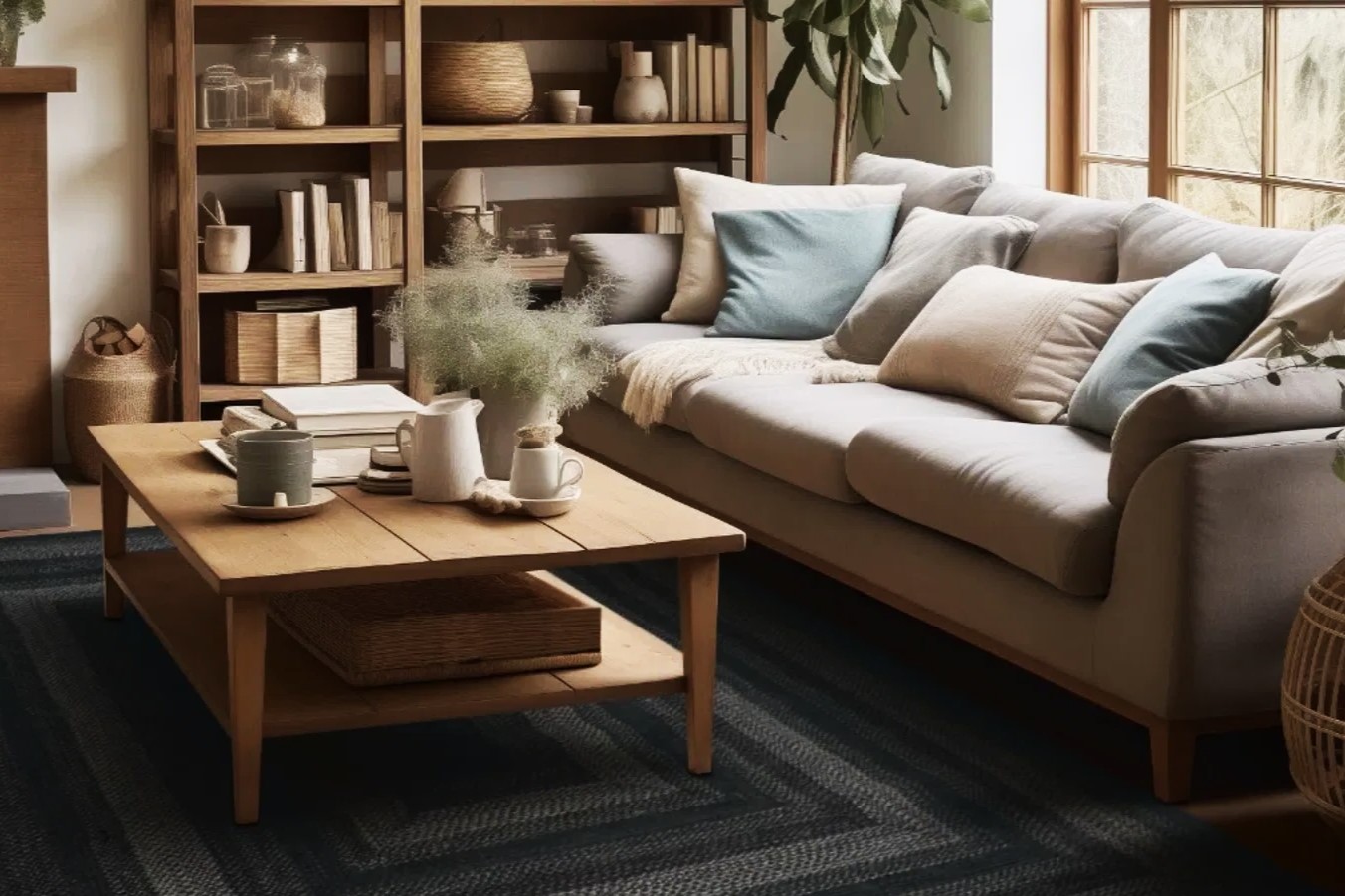
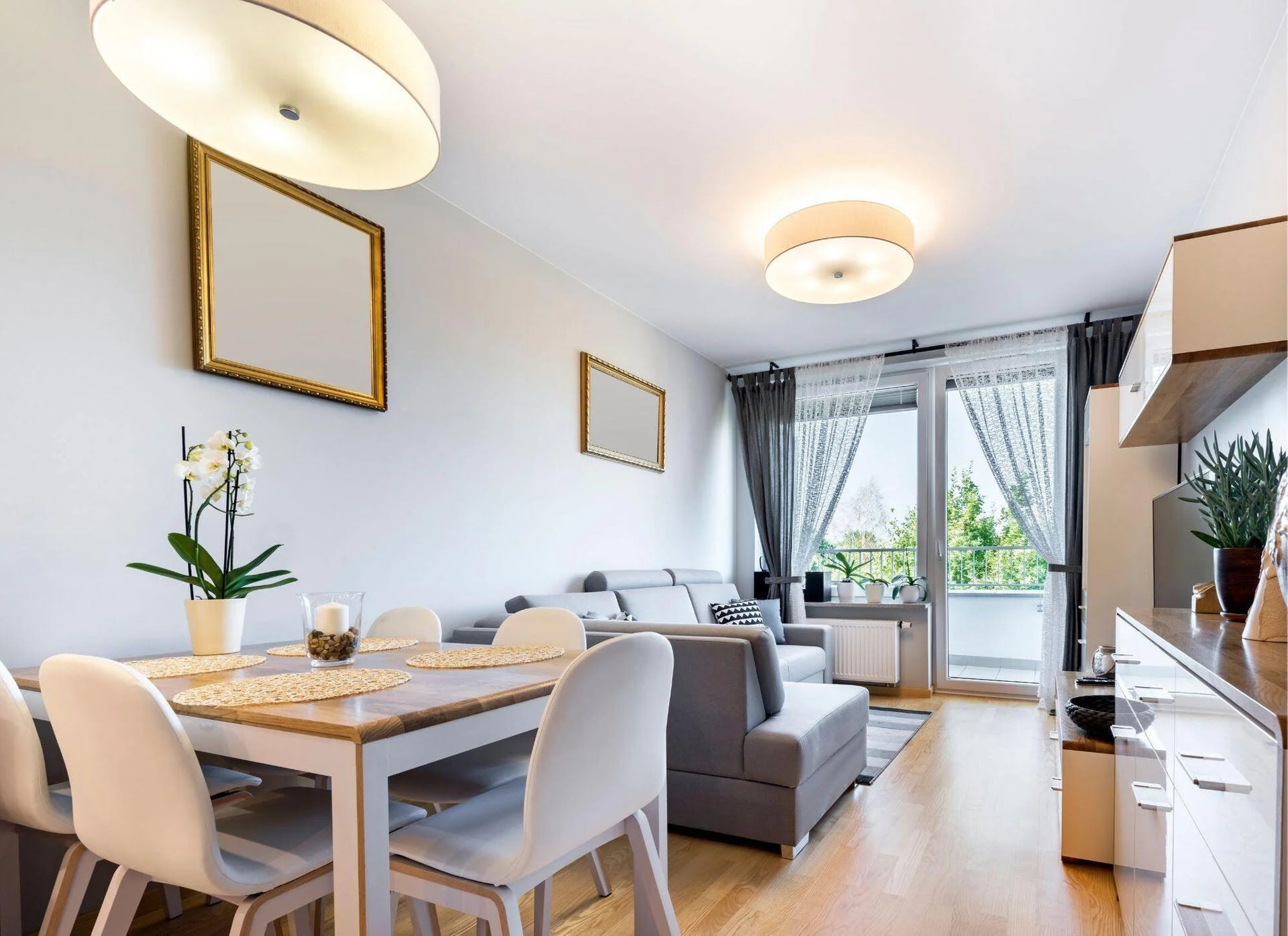
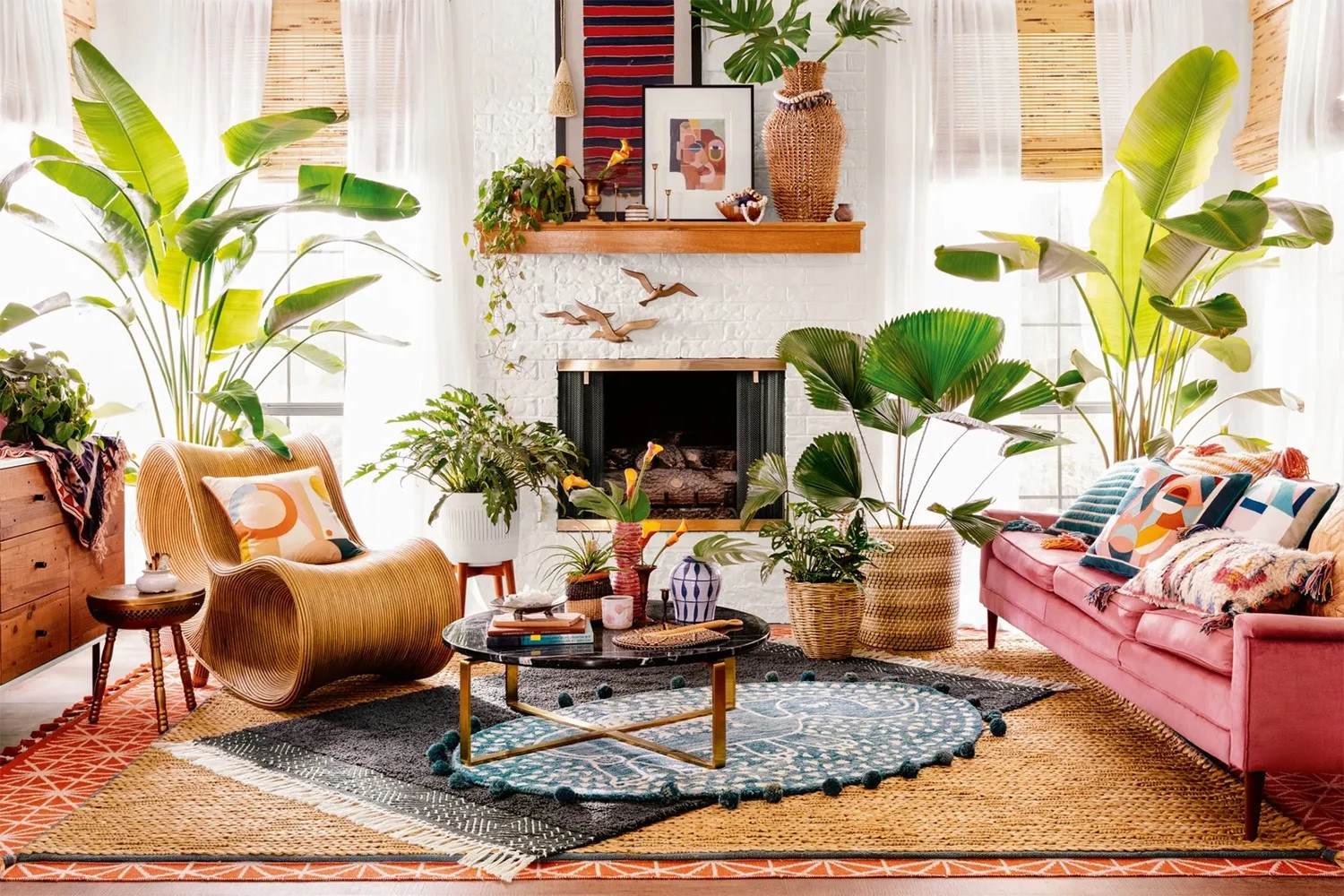
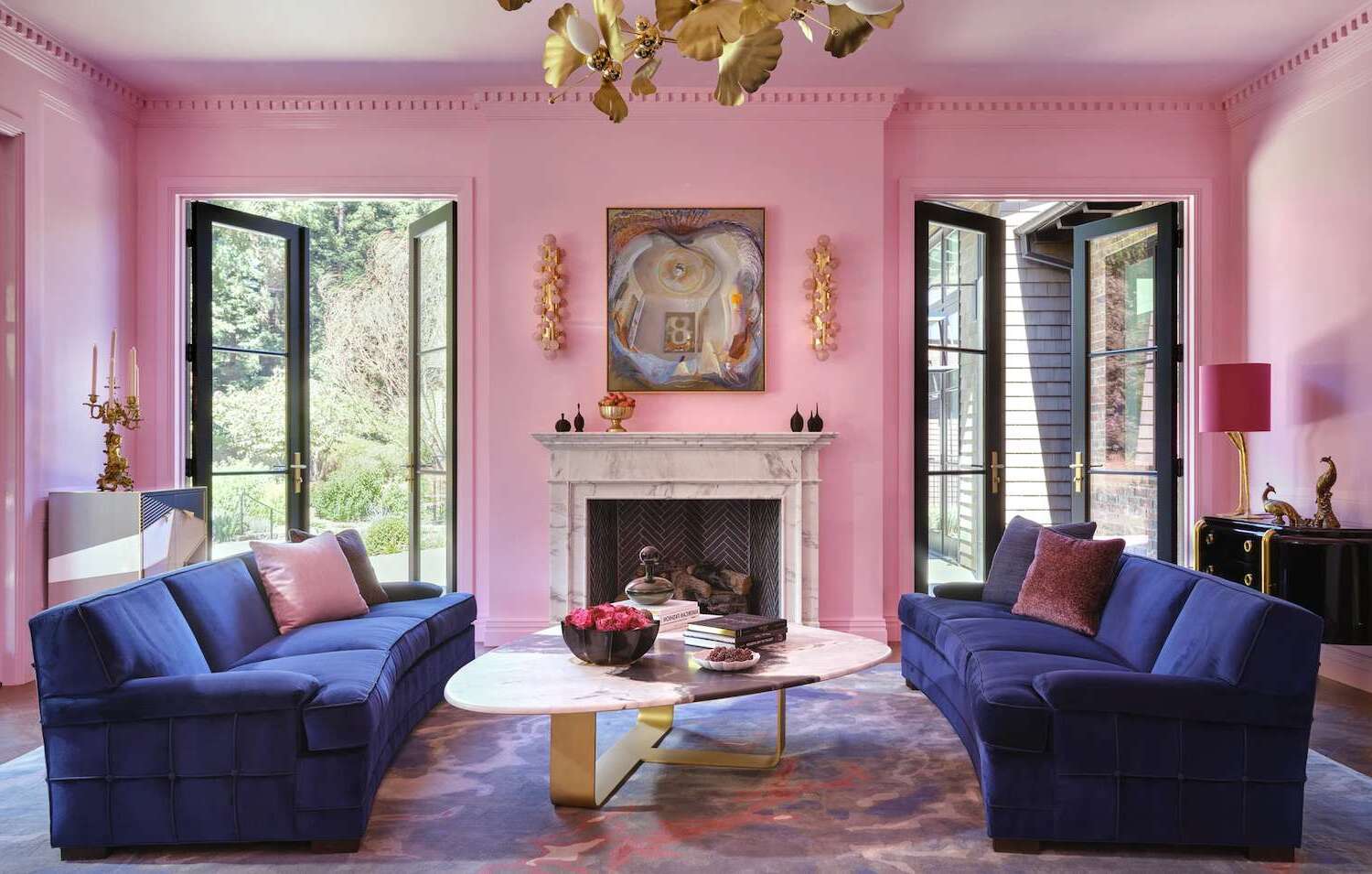
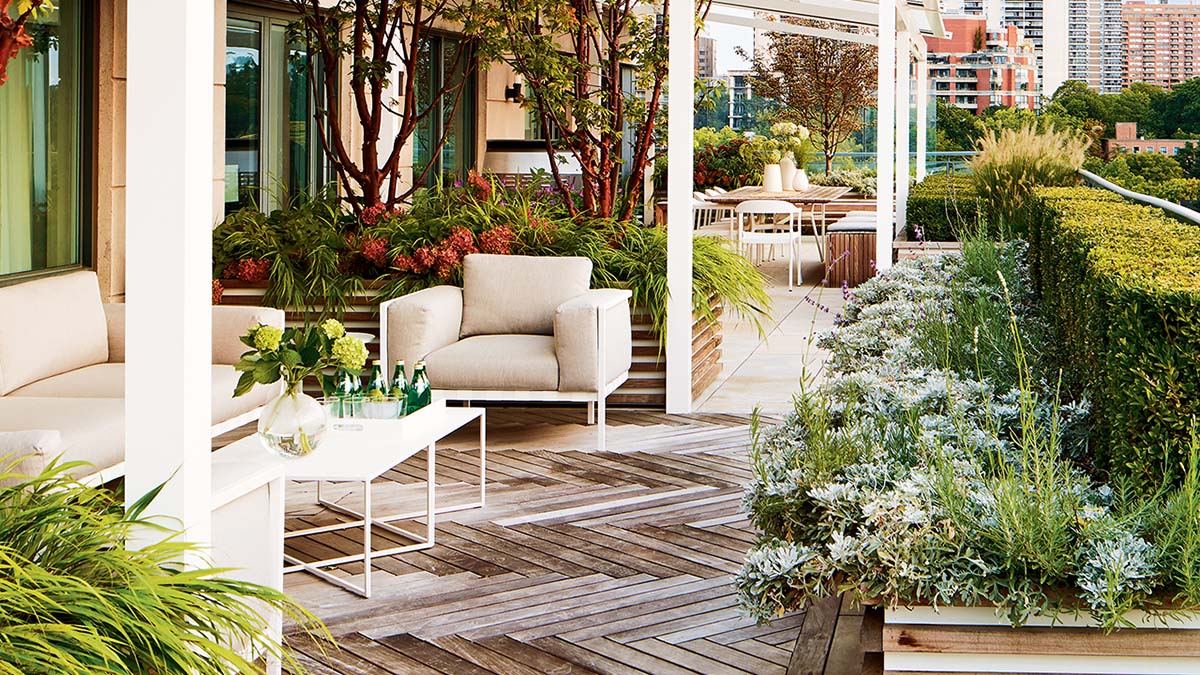

0 thoughts on “How To Decorate An Open Concept Living Room”